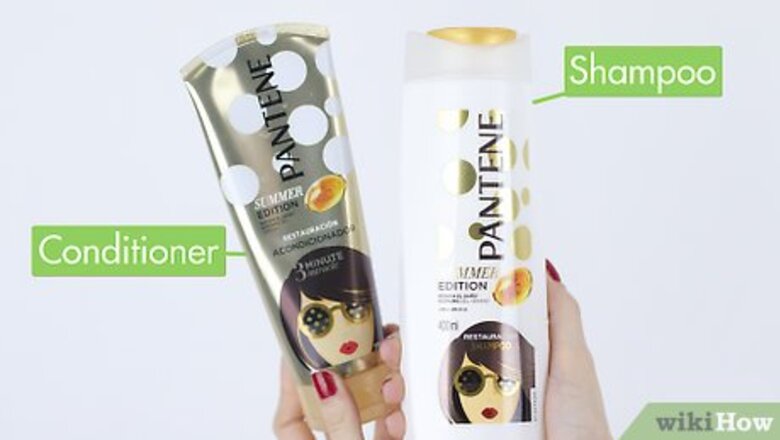
views
Preparing to Straighten
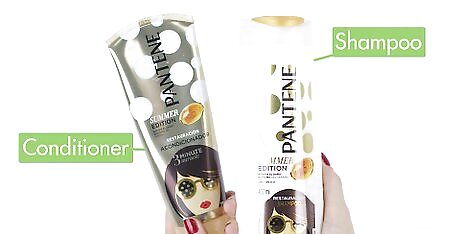
Wash your hair. If your hair is fine, you should choose a lightweight, volumizing shampoo and conditioner. After you leave the shower, a volumizing mousse with heat protection is an excellent choice to defend your hair from heat damage. If your hair is thick/coarse, choose a smoothing shampoo and conditioner. Though not absolutely necessary for straightening your hair, when you exit the shower, you should consider a smoothing serum with heat protection to keep your hair undamaged. Using heat protecting hair product will help prevent your hair from getting damaged when using a hair straightener. You can determine which smoothing serum will work best for your hair by doing a quick Internet search for "smoothing serum with heat protection." All natural ingredients are oftentimes gentler on your hair than chemical based products.
Blow dry your hair. Make sure you do this thoroughly until your hair is fully dry. You can aid the process by using a bristle brush, brushing while drying so as to straighten your hair as much as possible. Too much heat can damage your hair, even in the blow-drying stage.

Separate your hair into layers. Two layers should suffice, but if your hair is especially thick or long, or if you just want to be extra meticulous, feel free to add more. You can do this by clipping your top layer to the top hairs of your head. The bottommost layer will be where you begin straightening. A part in the middle will help you bring the hair over your shoulder and around the side of your head where you will be able to straighten it more easily. It may be helpful to approach your mirror on an angle, so that you have a better view of the back of your head where you are layering.
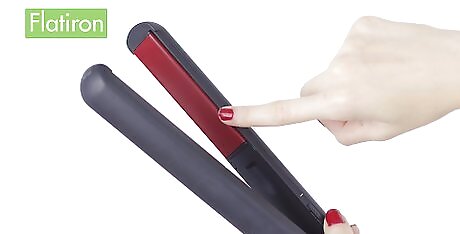
Choose your flatiron. You will have the best results if you choose a flatiron that suits your hair type. Narrower plates will help you iron smaller sections with greater precision, while wider plates will assist you in covering more area in less time. Short, thick, and fine hair: narrow plated flatirons, ranging from half-an-inch to one-inch thick, will enable you to work smaller sections with greater ease. Long, thick, and fine hair: wider plated flatirons will cover more surface area, making one-and-a-half-inch to two-inch thick irons potentially your best option.
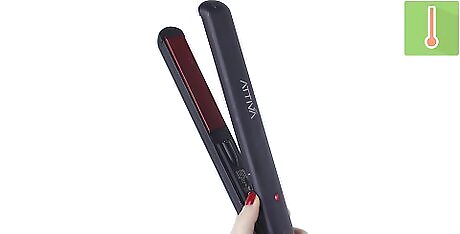
Heat your flatiron. The heat of your flatiron should correspond to the temperature best suited for you hair type, and you should wait until your flatiron is fully heated before using it. You should always follow your flatiron's instructions, but generally you should straighten hair at the following temperatures: Fine or damaged hair: 250-300 degrees Medium or average hair: 300-350 degrees Thick or coarse hair: 350-400 degrees
Straightening Your Hair with a Flatiron
Straighten your bottom layer in segments. Take your hair one segment at a time, splitting each segment into inch wide strands. Utilizing your center part to bring your hair over your shoulder or to the side where you can most easily work it, straighten your hair one segment at a time. Do so by taking your fully heated flatiron horizontally, slowly sliding it from the root of your hair until you reach the end of your segment. Check each hair segment after straightening by angling your handheld mirror so that you can see the reflection of the back of your head. It is especially important to get as close to your scalp as possible to ensure the entire length of the strand is straight. Take your time and be careful; you don't want to burn your scalp. Keep in mind that the slower you slide the iron down each strand of hair, the more likely your hair could become damaged. You can help prevent this damage by using a heat protecting spray. If the ends of your hair flip out, which is quite common for shorter hair when you iron straight downwards, it may help to try flipping your iron inwards instead of straight down. Run the comb through your hair after ironing. This will help with split ends and knots.
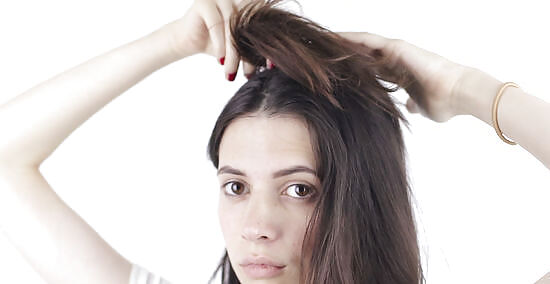
Release your next layer of hair. Brush out your next layer of hair once you have unclipped it from the top of your head. This will help you avoid running into any knots when you start straightening your hair. Parting your next layer down the middle, same as the first layer, can help make it easier to pull your hair to the side you can most easily work on it.

Straighten your next layer of hair. Again, in manageable, inch wide segments, straighten your hair from root to tip. Hold your iron horizontally, and be sure to use smooth, steady motions, without pausing too long in any one place to prevent heat damage.
Unclip and straighten your final layer of hair if applicable. As with the middle layer of your hair, brush out the top layer as straight and tangle free as possible. Part your final layer down the middle. When your hair is ready, use your flatiron to straighten inch wide segments of hair from root to tip, taking care to get as close to your scalp as possible. When you feel you are finished, brush your hair lightly again and check it thoroughly with a handheld mirror. If you find your straightening job wasn't quite good enough, isolate the trouble areas with clips or ties, and flatiron again. Keep in mind that the more heat applied to your hair over time, the higher the chance your hair will be damaged by the heat. Consider applying spray-in heat protectant when isolating trouble areas.

Finished.












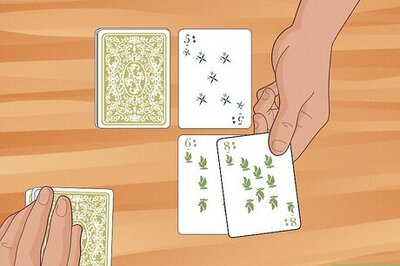

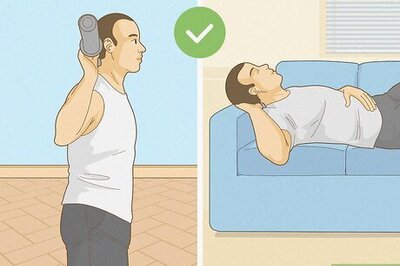
Comments
0 comment